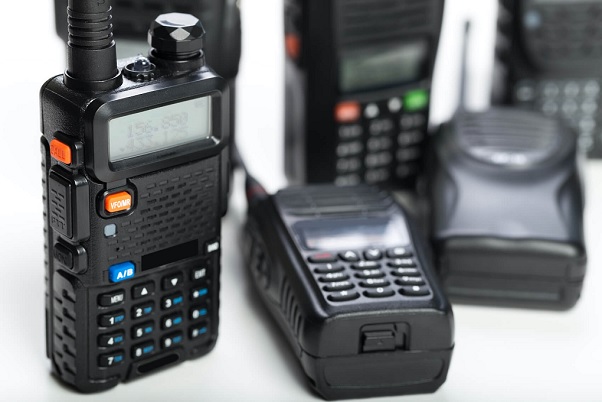Communication is a must for all kinds of connected enterprises – be they businesses, emergency responders, or others in between. And while cellular phones have become the most popular mode of communication, they are not always the most effective or dependable platform.
In this article, we’re going to examine the use of the two-way radio and “Push to Talk” (PTT) technology as alternatives to cellular phones for reliable communication. We’ll explore the various features and benefits of using such devices and also look at some of the efficiency gains (and life-saving possibilities) that have emerged as a result.
The Need for Nationwide Coverage
For a long time, industries that need instant communication, like construction and public safety, have used walkie-talkies. But traditional radios have a big problem: they have a shorter range. Users have to stay within a certain area and, for many functions, that area is simply not big enough.
Businesses with operations scattered across several cities or states have found conventional radio systems to be very ineffective. Modern 2-ways, operating in a nationwide system, solve this problem by taking advantage of today’s digital and network-based technologies.
These radios now use cellular and satellite networks to cover the entire nation, allowing a user to communicate with any number of people across the country without ever coming up against the range limitations imposed by older analog technologies.
Key Advantages of Nationwide Two-Way Radios
Communicating Effectively in Isolated Areas
In contrast to classic radios that rely on line-of-sight transmissions, walkie-talkies that cover the whole country communicate through cellular or satellite networks. This ensures that communication can be heard clearly and reliably in even the most remote locations – places where the signals might otherwise be weak or nonexistent.
Immediate Connection without Dialing
In contrast to mobile phones, which necessitate dialing and the anticipation of a connection, two-way radio offer instantaneous push-to-talk (PTT) functionality. This is a crucial aspect of their design, particularly in the context of time-sensitive professions that fall under emergency response and logistics. For these users, the evident connection between immediate communication, improved response times, and operational efficiency is hardwired into their day-to-day functions.
Improved Security and Privacy
Several two-ways with coverage across the nation provide encrypted communication channels. This ensures that the exchange of sensitive information remains secure. In contrast to mobile networks that can be infiltrated by hackers and other unauthorized parties, these radios afford a more private and controlled communication setting.
Durability and Dependability
Constructed to endure severe conditions, walkies are formed with tough materials, rendering them water, dust, and impact-resistant. Their strength and ruggedness makes them an excellent candidate for use in the construction, oil and gas, and public safety industries, which regularly put personnel in harm’s way.
Two Way Radios Are Transforming Nationwide Communications
Walkie-talkies now offer instant, reliable, and nationwide communication that is also cost-effective. Businesses and organizations everywhere are using them to fill critical gaps in their communication where they used to rely on methods that just weren’t cutting it.
And whether it’s being used for emergency response, industrial coordination, fleet management, or any other reason, these advanced radio systems will provide you with the kind of seamless connectivity you need across all sorts of vast distances.
